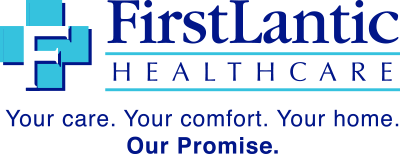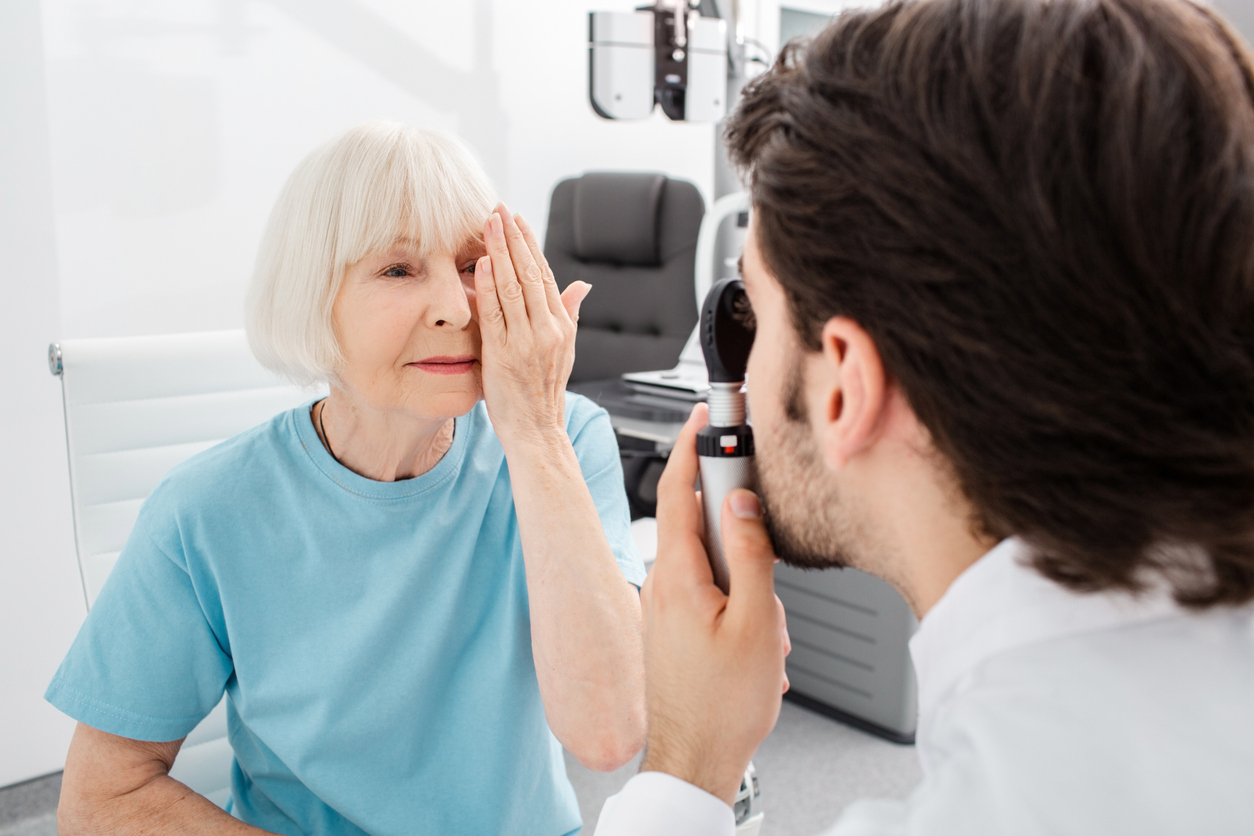June marks Cataract Awareness Month, a critical period dedicated to increasing understanding about cataracts, their impact on vision, and the importance of early detection and treatment. Cataracts, which cause the lens of the eye to become cloudy, are a leading cause of vision impairment globally. This month aims to educate the public about the risks, symptoms, and advances in treatment that can help restore clear vision.
Understanding Cataracts
A cataract is a clouding of the normally clear lens of the eye. For individuals with cataracts, seeing through cloudy lenses is a bit like looking through a frosty or fogged-up window. This clouded vision can make it difficult to read, drive a car (especially at night), or see the expressions on people’s faces.
Cataracts typically develop slowly and can affect one or both eyes. Common symptoms include blurred vision, faded colors, glare and halos around lights, trouble with bright lights, and frequent changes in prescription glasses.
Who is at Risk?
While cataracts can occur at any age, they are most common in older adults. According to the World Health Organization (WHO), cataracts account for 51% of the world’s blindness, affecting an estimated 20 million people. Risk factors include aging, diabetes, excessive exposure to sunlight, smoking, obesity, high blood pressure, previous eye injury or inflammation, prolonged use of corticosteroid medications, and drinking excessive amounts of alcohol.
Importance of Early Detection
Early detection and treatment of cataracts are vital. Regular eye examinations can help detect cataracts early on. During Cataract Awareness Month, eye health professionals encourage people, especially those over the age of 60, to get comprehensive dilated eye exams at least once every two years.
Advances in Treatment
Fortunately, cataract surgery is one of the safest and most effective surgical procedures. It involves removing the cloudy lens and replacing it with a clear artificial lens. With advancements in medical technology, new techniques such as laser-assisted cataract surgery offer more precision, and the use of premium intraocular lenses can address other vision problems, reducing dependency on glasses.
Preventive Measures
While some risk factors like age are unavoidable, lifestyle changes can help reduce the risk of developing cataracts. These include wearing sunglasses to protect eyes from UVB rays, maintaining a healthy diet rich in antioxidants, quitting smoking, managing diabetes, and avoiding excessive alcohol consumption.
Spreading Awareness
Cataract Awareness Month is not only about educating individuals but also about encouraging communities to support vision health initiatives. Local health organizations often provide free screenings and educational workshops during this month. Social media campaigns and community events play a crucial role in spreading awareness.
Cataract Awareness Month serves as a reminder of the importance of eye health and the benefits of early detection and treatment of cataracts. By staying informed and proactive about vision health, we can help reduce the prevalence of vision impairment and blindness caused by cataracts. Regular eye check-ups, a healthy lifestyle, and awareness can go a long way in preserving the precious gift of sight.
If you or someone you know is interested in care management or home healthcare services in South Florida, FirstLantic can help. We are locally owned and operated, providing our patients with the highest quality in-home care services in Fort Lauderdale (Broward County), as well as in-home care services in Delray Beach (Palm Beach County), North Miami (Miami-Dade) and Jupiter (Treasure Coast) since 2000. Click here to contact us.
 AVAILABLE 24 HOURS A DAY/7 DAYS A WEEK
AVAILABLE 24 HOURS A DAY/7 DAYS A WEEK Careers
Careers






